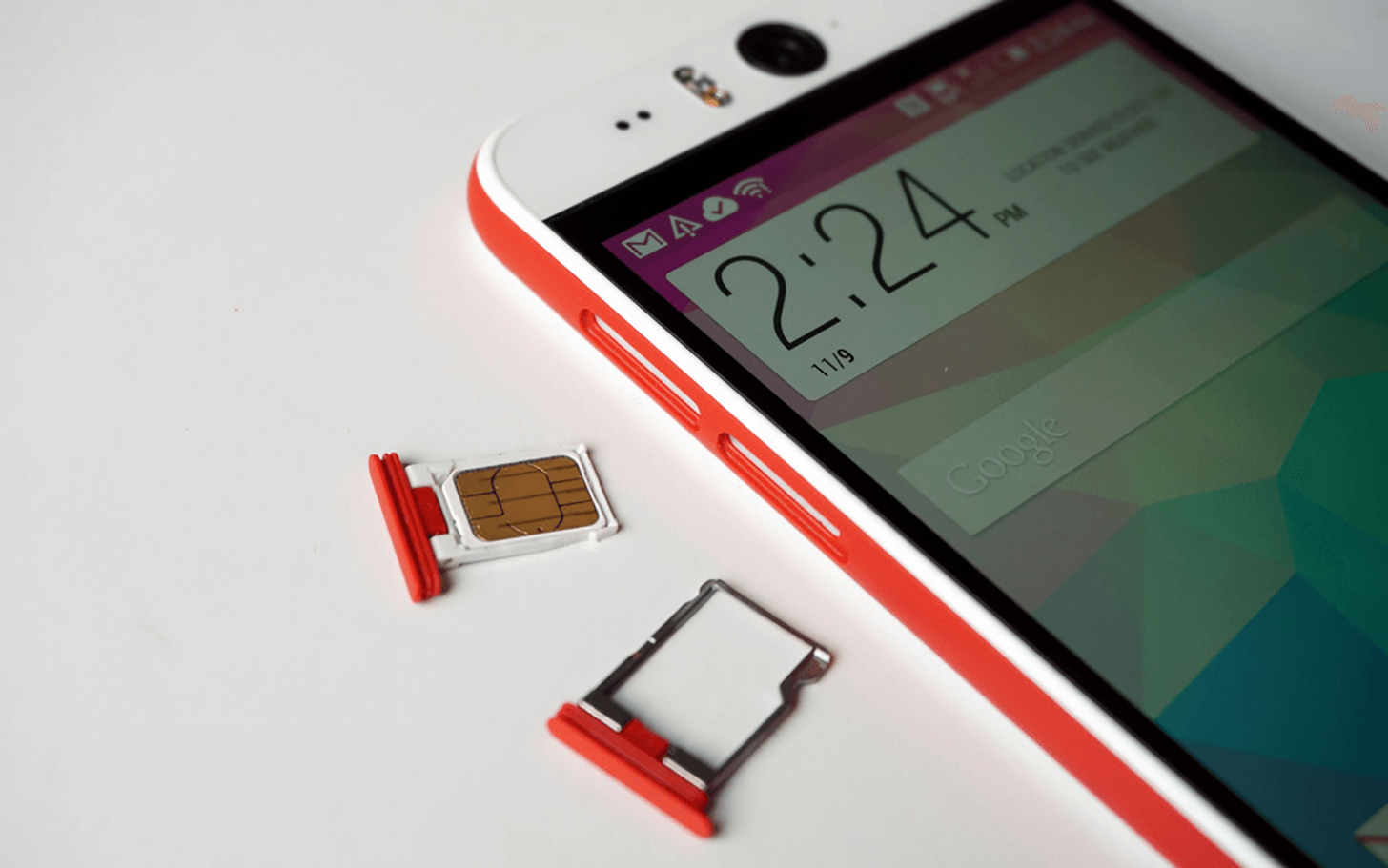Apple and Samsung in talks to adopt eSIM technology
Samsung is also reported to be part of the talks, meaning this tech could become a real standard across iPhone and Android devices, unlike Apple’s current SIM which is locked specifically to the company’s hardware. Since they would be embedded into the device and wouldn’t require swapping in order to change carriers, it’d be far easier to change from one network to another with an electronic SIM than it would be with a plastic SIM. The GSMA, the industry association which represents mobile operators worldwide, is close to announcing an agreement to produce a standardized embedded Sim for consumer devices that would include Apple and other smartphone makers.
The E-SIM not expected to immediately supplant the traditional SIM however, as those are currently too widely adopted.
AT&T, Deutsche Telekom (behind the T-Mobile brand), Etisalat, Hutchison Whampoa (behind Three), Orange, Telefónica (behind O2), and Vodafone are all involved, the GSMA told the Financial Times.
Plans for the e-SIM haven’t been finalized yet, but the group working on the standard hopes to have it rolled out some time in 2016, likely in time to appear in the next-gen iPhone, as predicted.
While the GSMA first stated that Apple had agreed to the specification, they later noted that they were “continuing to work with Apple to secure their support for the initiative”.
“While we are optimistic”, a spokesperson said of the talks, “a formal agreement with them is still in progress“. With no official statement on record found on GSMA’s press webpage, there’s no way to confirm that Apple is actually onboard yet.
Apple is no stranger to this concept, as it has introduced its own Apple SIM inside the iPad Air (which, by the way, has recently expanded to over 90 countries). The iPhone 4s was even rumored to be “SIM-less”, pointing once again to an electronic SIM card pre-built into the device to save space, and inaccessible to the user.








